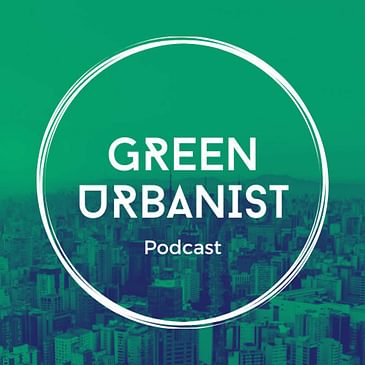I sit down with Andrew Bullmore of VU.CITY to discuss how 3D models, digital twins and artificial intelligence tools can be used to do better, evidence-based planning and design and get more sustainable outcomes.
VU.CITY website: https://www.vu.city/
SiteSolve generative AI: https://www.site-solve.co.uk/
This is a sponsored episode. Thanks to VU.CITY for the support.
Thanks for listening!
Join the Green Urbanist Weekly newsletter: Substack
Support the Podcast by Donation


